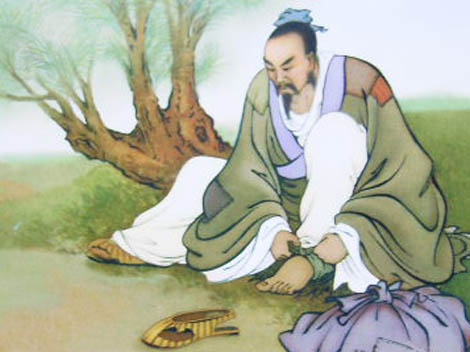Repulsive Curves
Posted by Armando Brito Mendes | Filed under materiais para profissionais, refs bibliográficas, visualização
Um trabalho muito interessante e com muito código sobre os melhores algoritmos para construir curvas que não se sobrepõem
Curves play a fundamental role across computer graphics, physical simulation, and mathematical visualization, yet most tools for curve design do nothing to prevent crossings or self-intersections. This paper develops efficient algorithms for (self-)repulsion of plane and space curves that are well-suited to problems in computational design. Our starting point is the so-called tangent-point energy, which provides an infinite barrier to self-intersection. In contrast to local collision detection strategies used in, e.g., physical simulation, this energy considers interactions between all pairs of points, and is hence useful for global shape optimization: local minima tend to be aesthetically pleasing, physically valid, and nicely distributed in space. A reformulation of gradient descent, based on a Sobolev-Slobodeckij inner product enables us to make rapid progress toward local minima—independent of curve resolution. We also develop a hierarchical multigrid scheme that significantly reduces the per-step cost of optimization. The energy is easily integrated with a variety of constraints and penalties (e.g., inextensibility, or obstacle avoidance), which we use for applications including curve packing, knot untangling, graph embedding, non-crossing spline interpolation, flow visualization, and robotic path planning.
A new way to visualize the surge in Covid-19 cases in the U.S.
Posted by Armando Brito Mendes | Filed under Data Science, relatórios, visualização
Bom relatório com muitos exemplos de gráficos de linhas
The month of July has seen Covid-19 cases in the United States increase at the fastest pace since last winter, marking the start of the latest wave of infections to afflict the nation. A new STAT analysis of Covid-19 case data reveals this new wave is already outpacing the spring and summer waves of 2020.
There are many metrics that governments, scientists, and media outlets have used to try and reckon with the Covid-19 pandemic. One of the most popular ways of visualizing Covid data has been to track the weekly average of new cases. This is pictured below.
Tags: COVID, gráficos de linhas, graphs
6 Charts That Dismantle The Trope Of Asian Americans As A Model Minority
Posted by Armando Brito Mendes | Filed under Data Science, estatística, relatórios

Um exemplo excelente de um relatório com muito bons gráficos.
“Smart.” “Hard-working.” “Nice.” Those were among the adjectives that respondents offered up in a recent poll when asked to describe Asian Americans.
The poll, conducted by the nonprofit Leading Asian Americans to Unite for Change (LAAUNCH), was another all-too-familiar reminder that Asian Americans are still perceived as the “model minority.”
Since the end of World War II, this myth about Asian Americans and their perceived collective success has been used as a racial wedge — to minimize the role racism plays in the struggles of other minority groups, such as Black Americans.
Characterizing Asian Americans as a model minority flattens the diverse experiences of Asian Americans into a singular, narrow narrative. And it paints a misleading picture about the community that doesn’t align with current statistics.
Here’s a look at some common misconceptions driven by the model minority myth.
Tags: asian people, charts, graphs, USA races
Axes of evil: How to lie with graphs
Posted by Armando Brito Mendes | Filed under materiais ensino, materiais para profissionais, Sem categoria, visualização
Um blog com exemplos e links para outros sites.
As Mark Twain once said, “Never let the truth get in the way of a good story.” Here are a few techniques to hide those pesky numbers and tell the story you feel, not the one you can prove.
Don your handlebar mustache and practice your evil laugh — we’re going in.


